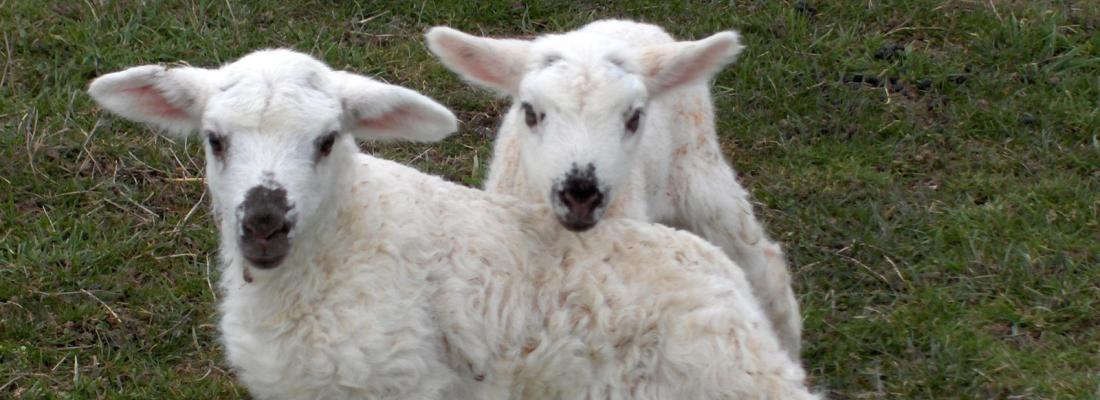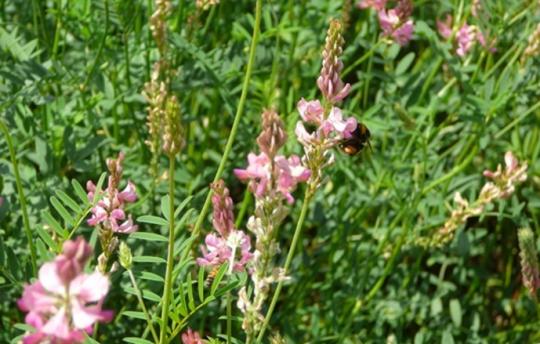Agroecology Reading time 3 min
Clover and sainfoin, a good diet for sheep
Published on 05 April 2016

Grass-based silage can be used to feed livestock when grazing no longer meets their needs (particularly in winter). However, the protein content of grasses remains a limiting factor and the fermentation of plant material leads to a degradation of some proteins by micro-organisms. It then becomes necessary to supplement the ration with other protein-rich feeds, which are often produced off-farm (vegetable protein, soybean meal, etc.).
Growing forage legumes can improve the protein autonomy of farms. With a high protein content and requiring little or no nitrogen fertilisation, these crops have numerous zootechnical, economic and environmental advantages. Studies performed recently by INRAE teams on some of these legumes have confirmed the potential of these plants in livestock feeds.
Improved preservation of all plant proteins in the ration
The scientists focused in particular on the contribution of sainfoin and red clover to sheep feeds. These two plants contain secondary metabolites that can improve the fermentation of silages and their subsequent digestion by livestock.


The scientists showed that these two legumes mixed with a grass (timothy) could enhance the preservation of protein integrity in silage, thanks to the formation of protein-tannin complexes (with the timothy-sainfoin mixture) and protein-quinone complexes (with the timothy-red clover mixture).
A reduction in livestock pollutant emissions
This improvement in protein bioavailability gave rise to two new and very interesting observations :
- The timothy/sainfoin mixture enabled a 17-24% reduction in enteric methane emissions by the animals.
- The timothy/red clover silage improved the growth performance of lambs by 30% when compared with timothy alone, without any difference in methane emissions.
The simultaneous presence of two legumes in the timothy silage was able to maintain the growth performance of animals at the level achieved by timothy alone, but with a reduction in the beneficial effects on methane production, probably due to a dilution of the amounts of tannins present in sainfoin.
Understanding variability in the content and type of tannins are key elements f regarding a large-scale use of sainfoin. Highly variable and subject to the stress conditions of the plant, the scientists are now working on identifying the factors that influence the production of these secondary metabolites. Once known, these factors will enable the production of sainfoin with more homogeneous tannin levels. A certified content in tannins, which also exert anthelminthic (anti-parasitic) properties, may then constitute an important argument in favour of developing a sector dedicated to bioactive legumes.
